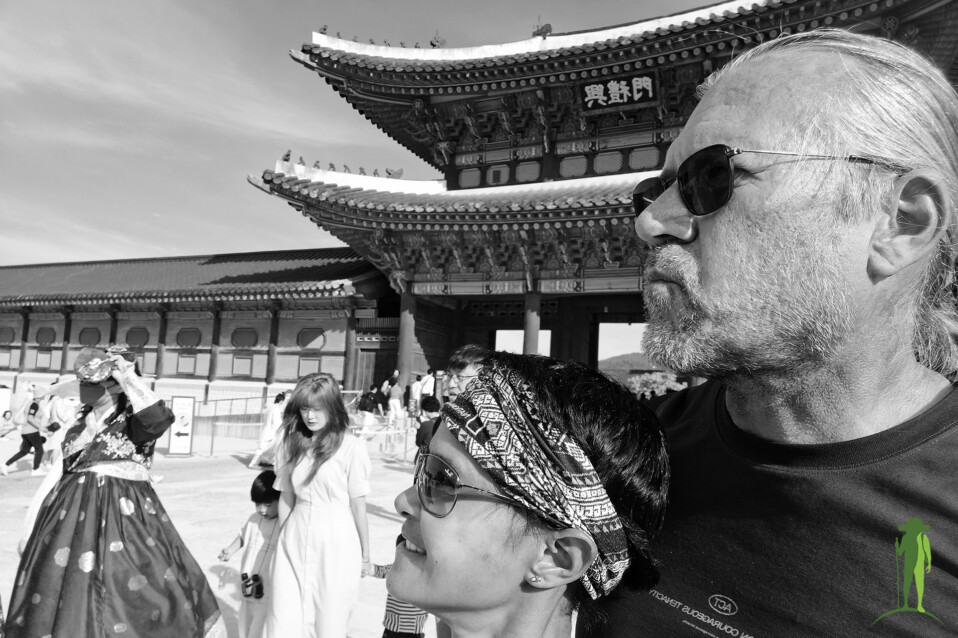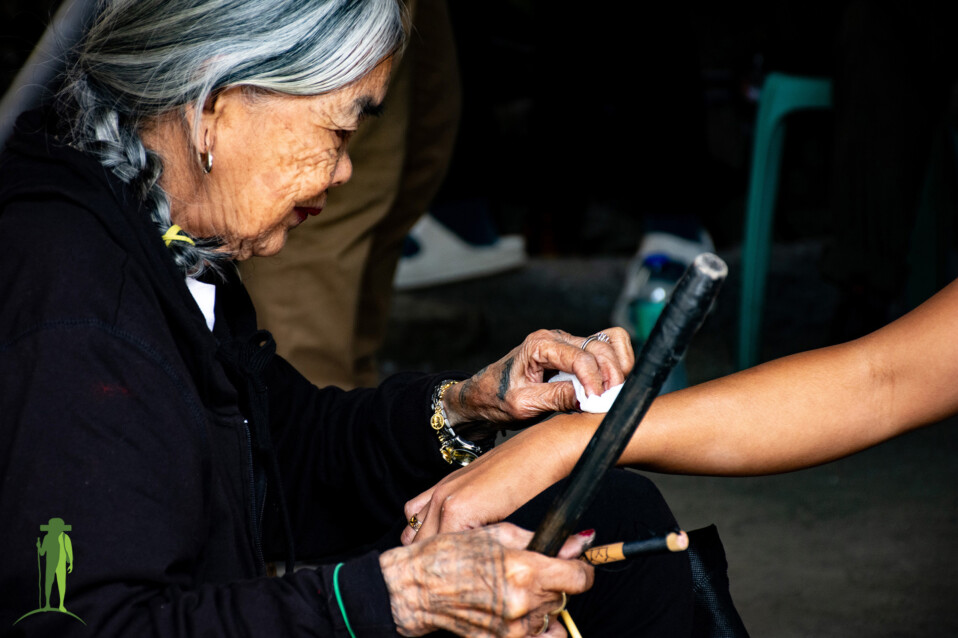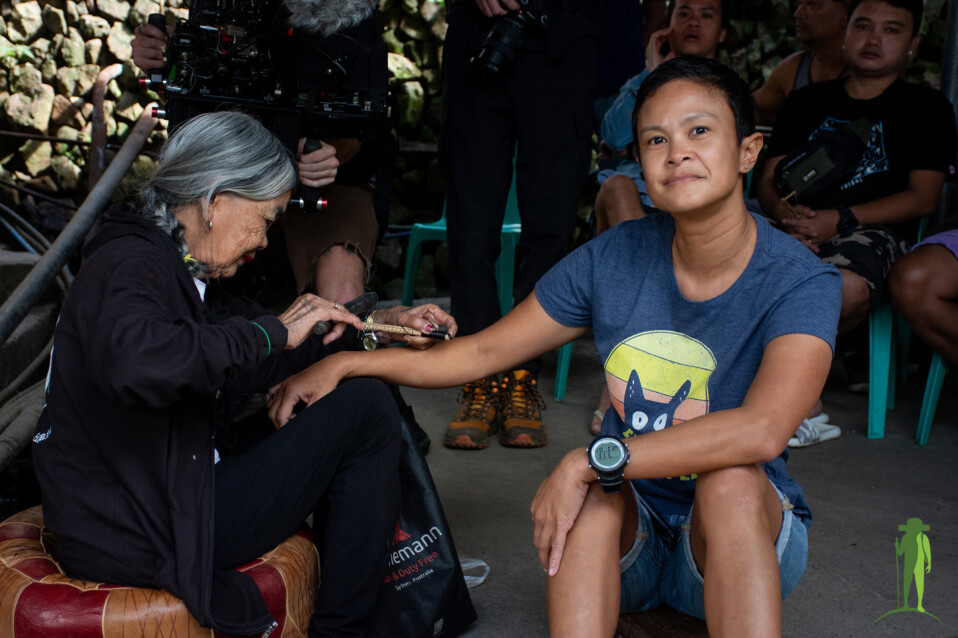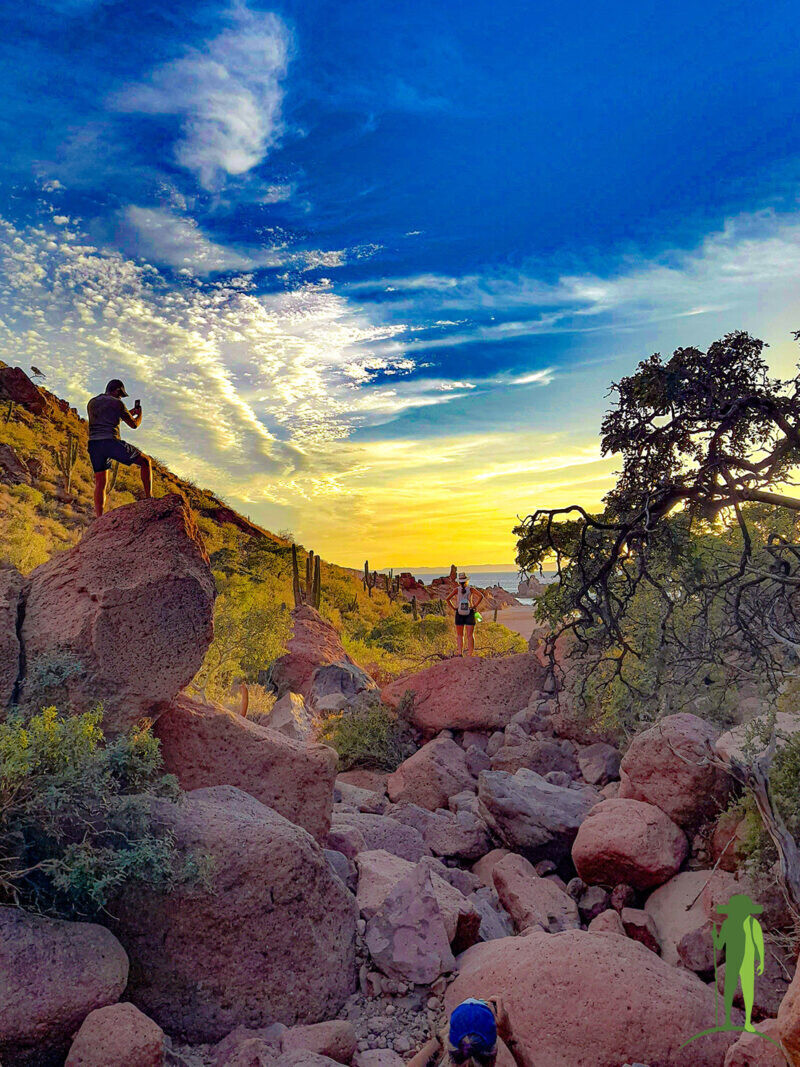How Do You Choose the Right Operator?
by Tanya
4-minute read
With our love for travel and having worked for various tour companies in the last 15+ years, we have experienced the travel industry from the perspective of a tourist as well as from that of a tour operator. Over the years, we have developed our own guidelines when it comes to choosing the right tour company. We understand that we may not follow the same standards as that of others. After all, each one of us is different.
It goes without saying that there are practical aspects to consider when choosing the right tour outfit. The most important one being: Are they a legitimate business? You then proceed with a comparison of the different travel companies in terms of pricing, guest reviews, booking and cancelation fees. Before-sales experience with customer service and their booking platform may also be a factor for you.
Our checklist of intangibles for choosing the right activities provider involves a bit of research before booking. Some details are quite challenging to obtain, so you might not want to go through the hassle. That’s okay, too.

1. Are they sincere?
They say a good salesman is able to sell even a molecule of air to the highest bidder. But how much of the information that you find on the potential tour company’s website and social media pages is real? It’s hard to tell the difference nowadays. Conducting some fact-checking through other sources, both online and offline, wouldn’t be such a bad idea.

2. Do they treat their staff as well as they treat their guests?
Those who work in the service industries, including travel and hospitality, are experts in separating their work from their personal lives. They may be crying inside, but they always do their best to serve customers with a smile. Their employer may be taking advantage of them without us realizing it. For example, is it acceptable for employees to be paid well, but they work in poor conditions and sleep in cramped quarters?
It’s a tough ask, but let’s try to assess staff well-being through independent sources instead of relying on “happy crew, happy life” stories that we see on a company website.

3. Do they invest in the local community?
Some industry giants are proud to say that they contribute to the local economy through the jobs that they provide. Others declare that they work with local companies by hiring their services. That’s great!
While we love those ideas, let’s not forget to verify that they’re not just paying lip service. It would also be worthwhile to look into the sustainability of the projects: whether the salaries are enough to cover the cost of living, if the contracts are on a long-term basis instead of a one-time agreement, etc.

4. Do they share our values?
Aside from the first 3 items, there may be some other things that also matter (or are not as important) to you. Do they respect the environment/genuinely care about nature? Do they prefer luxurious touches vs. down-to-earth experiences? Are they a well-oiled organization with strict protocols or a family-run business with standardized processes?
The list above is not meant to make you feel like you’re being tasked to submit an investigative report. (It’s more of a fact-finding mission!) This is just a reminder to take things with a grain of salt. Social media have made it more difficult to tell fact from fiction nowadays. In the end, it’s up to you to choose the tour operator that’s right for you.
More From Our Blog
Seoul-ed Out: Less Touristy Alternatives to 10 Things to Do in Seoul
Just like most travelers, we entered South Korea through Incheon International Airport, which is approximately 50 km west of Seoul. After settling in to our share-house in Jongno district (Jongno-gu), we mapped out our itinerary for the next four days. We don’t enjoy being in crowded places, so we intentionally excluded touristy areas from our list of things to do in Seoul.
Seoul Impressions: A brief glimpse of the South Korean capital
While we have spent many long layovers at Incheon International Airport in the past, this was our first time to go beyond the transit terminal. The entry process at Immigrations was smooth and efficient. After we had our faces photographed and our passports stamped, we proceeded to collect our luggage. We moved along with the line at Customs, waiting for our turn to have our bags scanned. As we were picking up our suitcases at the other end of the x-ray machine, an officer politely asked me, “Please bring your bag over to this side.”
Kalinga Batok: Journeying into the Heart of the Highlands
As what has become customary for us, Sten and I came up with a vague plan of visiting the mountainous northern region of the Philippines, where rice fields and vegetable crops cover giant staircases that lead up to the skies. After completing a cursory research, we set out in our loaner A/T SUV and left the busy streets of Manila. A few missed turns later, we found ourselves cruising along the expressway. I listened to my brother’s collection of music from the unfortunate 80’s while Sten snoozed in the passenger seat.
Getting a Tattoo from Apo Whang-od: FAQs
If you landed on this page, you’ve probably heard of and want to learn more about Apo Whang-od. Maria Oggay is a famous centenarian who practices a traditional technique of inscribing ink on skin in the Philippine Cordilleras. She became well-known for being the oldest Kalinga mambabatok (a traditional tattoo practitioner) alive, and for a time, was the last of her kind. That is, until she started passing on her knowledge to her two apprentices, Grace and Ilyang.
We didn’t do a lot of research before we embarked on our journey to Apo Whang-od’s home. We hope that you’ll find the information below useful and that it will help you prepare better for your trip.
The Double-Edged Smartphone
We were born in the advent of personal computers. As Generation X-ers, we are more familiar with Atari, floppy disks, and DVD players than emojis, reels, and hashtags. Our fondest childhood memories include walking over to the neighbor’s house next door, hanging out with friends at the local grocer, and playing outside. Rain, shine, or snow, it didn’t matter to us because we loved the outdoors. When we stayed in, by choice or otherwise, we built a fort, played board games, and watched television. Most activities were communal events back then.





